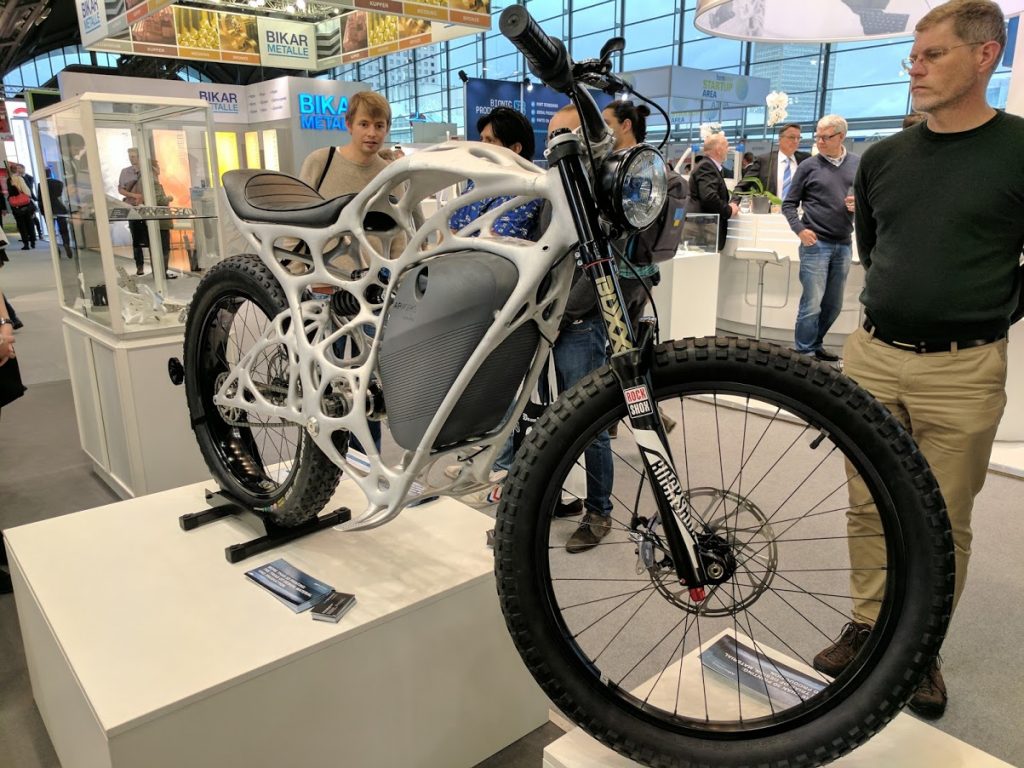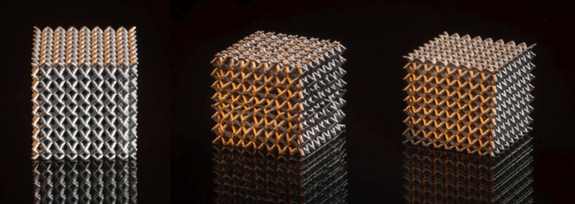Metal and alloy materials producer Metalysis, based in South Yorkshire, UK, has entered into an understanding with Canada’s Mkango Resources (LON:MKA) to develop a medium for 3D printed magnets. An ability to 3D print magnetic structures gives the powerful potential to control a magnetic field with specially designed structures. This ability is desirable in a variety of applications including medical devices that can be controlled inside the body, or in electrical motors used to convert energy into motion.

The Memorandum of Understanding
The Memorandum Of Understanding (MOU) between the companies is to jointly “research, develop and commercialise novel rare earth metal alloys” prospected by Mkango Resources in the Republic of Malawi in Africa.
William Dawes, Chief Executive Officer of Mkango, comments,
We are very pleased to collaborate with Metalysis. It is a core part of Mkango’s strategy to be at the forefront of research and technology in every step of the rare earths supply chain; positioning the Company as a future low cost, sustainable supplier of rare earths used in electric vehicles and other green technologies, which have entered a new phase of accelerating demand growth. The R&D programme will seek to enhance marketing flexibility, increase future margins and affirm the Company’s competitive positioning.
Commercilizing metal powders
Metalysis are the sole holders of the Fray, Farthing, Chen (FFC) process of making 3D printable powders from metal oxides. As 3D Printing Industry Industry editor-in-chief heard in his interview with Metalysis metallurgist and business development director, Dr. Kartik Rao, the FFC process is cheaper than the existing method of making spherical powders, opening out the accessibility of the material.

Rare minerals, such as tantalum, are already in use in the company’s existing materials processes. Such materials have high value due to their application in electronics, chemical engineering and biomedicine. Additive manufacturing ensures that little of the precious material is lost.
Magnetic control – no longer the stuff of just comic books
A number of institutions and companies around the world are looking to perfect the 3D printing process for magnets. Published online in the journal Applied Physics Letters, October 2016, researchers at TU Wien in Vienna developed a method for controlling magnetic fields with CAD modeling and 3D printing.
Tennessee’s Oak Ridge National Laboratory (ORNL) have also 3D printed magnets capable of outperforming their conventional counterparts.

To stay up to date with 3D printed magnet research, sign up to the 3D Printing Industry newsletter and follow our active social media sites.
Don’t forget you can now vote for the best in 3D printing in the first annual 3D Printing Industry awards.
Featured image shows magnetic spheres, photo by Bart Heird, chicagobart on Flickr



